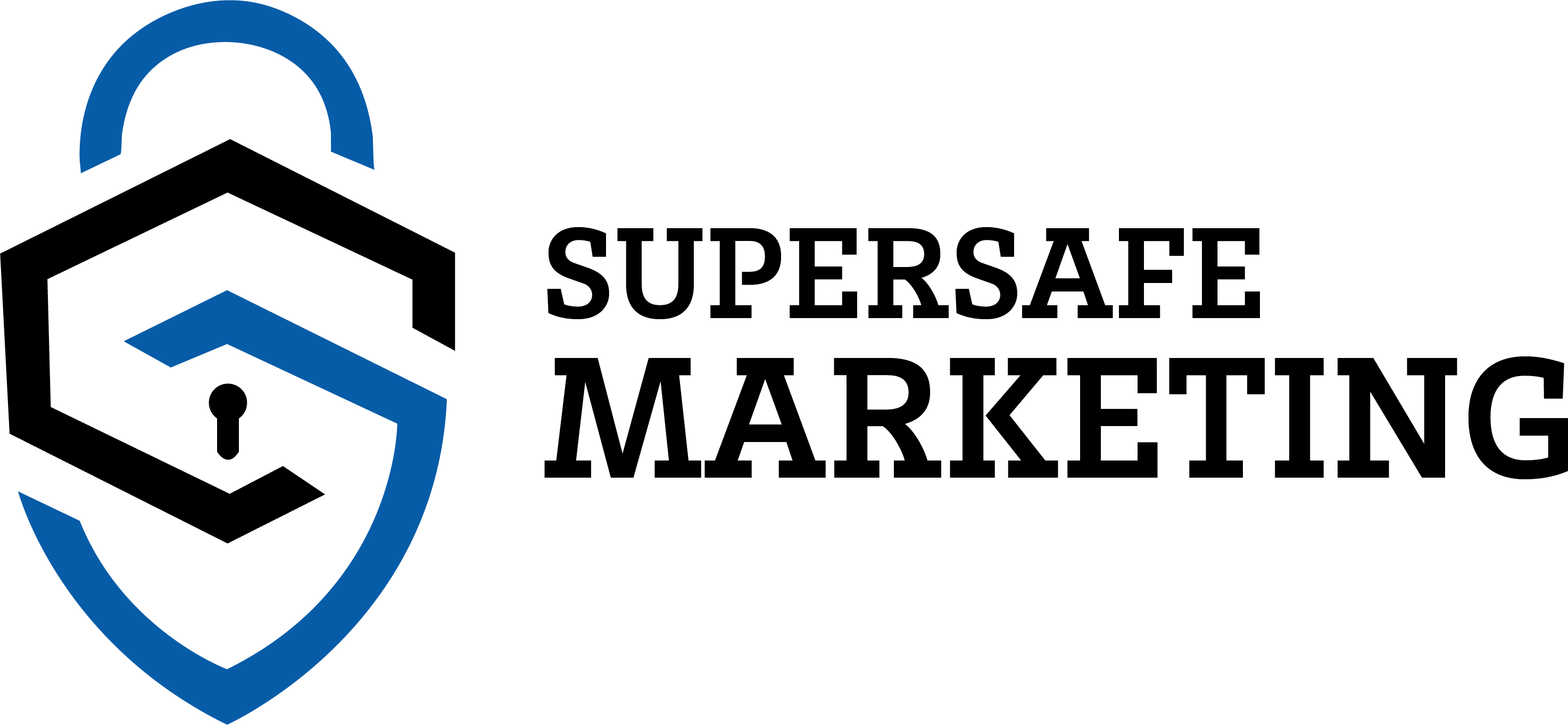List of Non-Destructive Testing Methods for Quality Assurance
Non-destructive testing (NDT) methods are vital for ensuring the structural integrity, reliability, and safety of various materials and components. In this comprehensive overview, we will delve into the world of NDT and provide you with an extensive list of non-destructive testing methods. Whether you’re a professional in the industry or simply curious about quality assurance practices, this article will equip you with valuable knowledge. Join us as we explore the various NDT techniques used to identify flaws, defects, and irregularities without causing damage to the tested objects.
Visual Inspection
Visual inspection is one of the simplest yet effective NDT methods. It involves a thorough examination of the material or component using the naked eye or aided by magnification tools. Skilled inspectors meticulously assess the surface for visible defects such as cracks, corrosion, pitting, weld discontinuities, or surface roughness. Visual inspection serves as a foundational technique that often guides the need for further testing methods.
Liquid Penetrant Testing (PT)
Liquid penetrant testing, also known as dye penetrant testing, is used to detect surface-breaking defects in non-porous materials. A fluorescent or colored liquid penetrant is applied to the surface, allowing it to seep into any surface cracks or flaws by capillary action. After a specified dwell time, excess penetrant is removed, and a developer is applied to draw out the penetrant trapped in the defects, making them visible for inspection.
Magnetic Particle Testing (MT)
Magnetic particle testing is primarily employed for detecting defects on or near the surface of ferromagnetic materials. A magnetic field is applied to the material, and iron particles are sprinkled or sprayed onto the surface. If there are any surface-breaking or near-surface defects, the magnetic field will cause the particles to gather and form visible indications, revealing the presence of flaws.
Ultrasonic Testing (UT)
Ultrasonic testing utilizes high-frequency sound waves to detect internal flaws and measure material thickness. A transducer emits ultrasonic waves into the material, and the reflected waves are analyzed to identify defects such as cracks, voids, inclusions, or delaminations. UT provides precise measurements and can assess the depth and size of defects, making it a valuable tool in many industries.
Radiographic Testing (RT)
Radiographic testing employs X-rays or gamma rays to inspect the internal structure of objects. A radiographic film or digital detector captures the radiation passing through the object, creating an image that can reveal internal defects like cracks, voids, or inclusions. RT is commonly used in industries such as aerospace, oil and gas, and manufacturing to assess welds, castings, and other critical components.
Eddy Current Testing (ECT)
Eddy current testing is a versatile technique used to detect surface and near-surface defects, as well as measure material conductivity and thickness. It works by inducing electrical currents in the material using a coil or probe. Any changes in the electrical conductivity or magnetic properties caused by defects or variations in the material will create measurable signals, allowing the inspector to identify and evaluate flaws.
Electromagnetic Testing (ET)
Electromagnetic testing is used to inspect conductive materials for surface and near-surface defects. It involves inducing electromagnetic fields into the material and analyzing the changes in the field caused by defects. ET can detect cracks, corrosion, and variations in material properties, making it suitable for applications such as aerospace, automotive, and power generation.
Acoustic Emission Testing (AE)
Acoustic emission testing monitors the release of transient elastic waves or stress waves from materials under stress. It is particularly useful for detecting active flaws or damage progression in structures. AE can identify defects like crack growth, delamination, or structural instability, and it is commonly applied in industries such as civil engineering, pressure vessel inspection, and monitoring of critical infrastructure.
Infrared Thermography (IRT)
Infrared thermography utilizes infrared cameras to capture thermal patterns and temperature variations on the surface of an object. It is effective in identifying anomalies such as heat loss, insulation defects, and electrical malfunctions. IRT is widely used in building inspections, electrical systems, and preventive maintenance to detect potential issues before they escalate.
Leak Testing
Leak testing is used to identify leaks or pressure-related issues in sealed systems or containers. It involves pressurizing the object and monitoring for pressure drop or the presence of leaks using techniques like bubble testing, pressure decay testing, or helium leak testing. Leak testing is crucial in industries such as oil and gas, pharmaceuticals, and automotive manufacturing.
Vibration Analysis
Vibration analysis is employed to assess the structural integrity of rotating machinery and detect potential faults or imbalances. By analyzing the frequency, amplitude, and patterns of vibrations, engineers can identify issues such as misalignments, bearing defects, or resonance problems. Vibration analysis is widely used in industries like manufacturing, power generation, and transportation.
Positive Material Identification (PMI)
Positive material identification is used to determine the elemental composition of materials. It involves using handheld devices or analyzers to perform non-destructive elemental analysis. PMI ensures material compliance, verifies alloy composition, and prevents the use of incorrect or substandard materials in critical applications.
Conclusion
Remember, each non-destructive testing method has its specific applications, advantages, and limitations. Consulting with qualified NDT professionals and experts such as GNDT will help determine the most suitable methods for your specific testing requirements.
Want to learn more about the advancement of non-destructive testing and certification programs? The British Institute of Non-Destructive Testing (BINDT) is a professional body dedicated this.
Familiar with all things NDT, but wanting to sell more? Contact Supersafe Marketing today.

